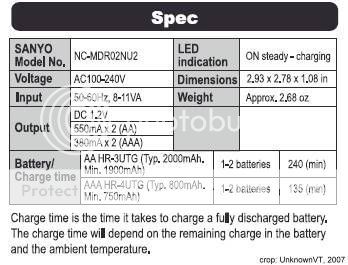On the back of American made packages of Duracells is a stamped date code. The first digit is the last digit of the year of manufacture. Next is a letter representing the the month, arranged alphabetically, A - L. The next two digits are the day of the month. The last letter represents the U.S. factory. Example: "4J08X" indicates Oct. 8, 1984 Gray market Duracells do not have a stamped code.
http://groups.google.co.ke/group/misc.consumers ...
A typical Duracell DL223A battery has a date code of 6J1313. The first alphanumeric character of the code is always a number representing the last digit of the year of manufacture. The second alphanumeric character of the code is always a letter, the position of which in the alphabet represents the number of the month of manufacture. That is: A represents January, B represents February, C represents March, etc. The next two alphanumeric characters of the code represent the day of the month of manufacture. Therefore, the date of manufacture for the date code 6J1313 is October 13, 1996.
http://www.acrelectronics.com/minib300 ... pdf
I have not noticed any private label Duracell products, but the date code they used ran something like this - last digit of year followed by a letter from 'a' to 'l' for the month followed by two digits for the day (of manufacture.) After the "use by" date appeared, this code disappeared, but I think they still use it on some products.
http://www.barc.org/1997/sparc jul 97 ... html




